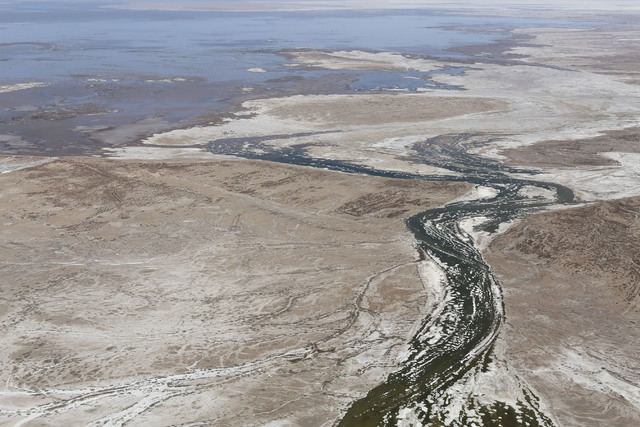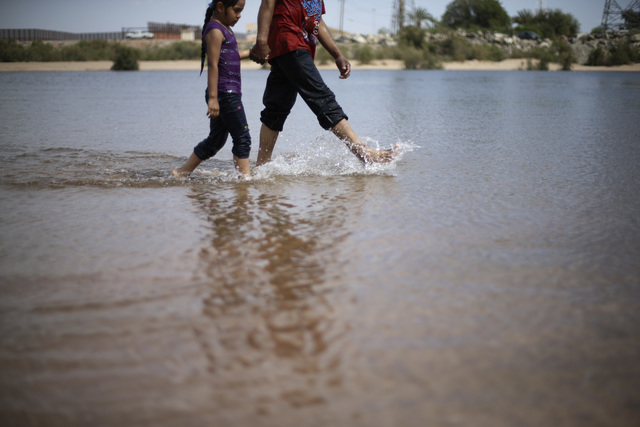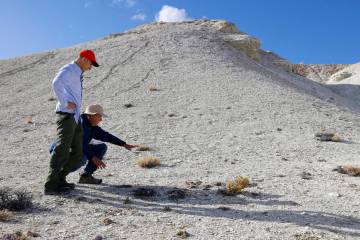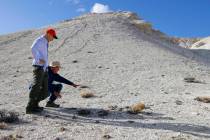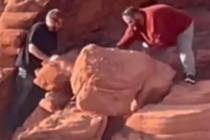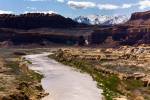Colorado River Delta plants making comeback
TUCSON, Ariz. — A spring release of water has reversed a 13-year trend of decline in plant and wildlife in the Colorado River Delta, according to findings released by scientists this month.
Federal researchers from Tucson said in a briefing Wednesday that an artificial release of water into the Colorado River at the Arizona-Mexico border between March and mid-May led to an increase of vegetation by more than 40 percent. There was also a rise in bird populations and the water table level in the delta, the Arizona Daily Star reported.
“Here’s a success story on the border and with water in the West,” said Karl Flessa, a UA geosciences professor involved in the water release. “Who can believe it?”
According to scientists, satellite imagery and monitoring equipment of the delta “pulse flow” show a greener delta than previous years. Pam Nagler, a U.S. Geological Survey scientist, said there has been little vegetation along the river since the last natural flood touched the delta in 2000.
About 105,000 acre-feet of water was released from the Morelos Dam at the Arizona-Mexico border as well as two other points farther south. The pulse flow was meant to replicate natural flooding. Flessa said the water able near the river channel near the border heightened by 27 feet after the pulse flow. The water table climbed between 3 and 12 feet downstream of the border.
The release was part of a historic 2012 agreement between the U.S. and Mexico. The restoration agreement also calls for an annual base flow of more than 52,000 acre-feet of river water over the next four years to maintain ecological benefits in the delta, the Arizona Daily Sun reported. That water was purchased from Mexicali Valley users by the Colorado River Delta Water Trust.
Jennifer Pitt, of the Environmental Defense Fund, said it’s unclear what would happen to that water and restoration sites if a shortage is announced on the river. According to the Bureau of Reclamation, a shortage is 22 percent likely in 2016 and 52 percent likely in 2017. In the event of a shortage, Arizona and Nevada, along with Mexico, would be the first to get reductions in water deliveries.
It’s also uncertain whether another pulse flow created by the release will occur again.
“If we should be so fortunate to have the opportunity to deliver environmental flows in the future, we’ll be planning to learn from what was observed from this first go-around,” Pitt said.
———
Information from: Arizona Daily Star, http://www.azstarnet.com



